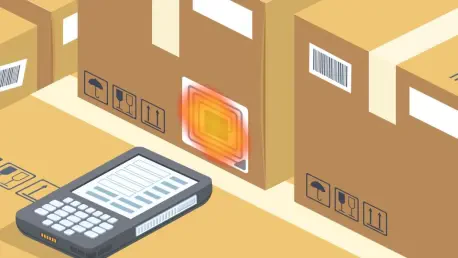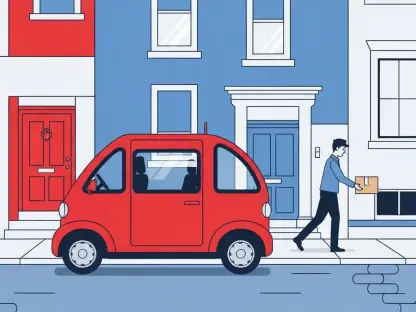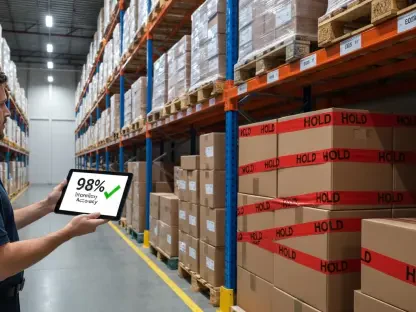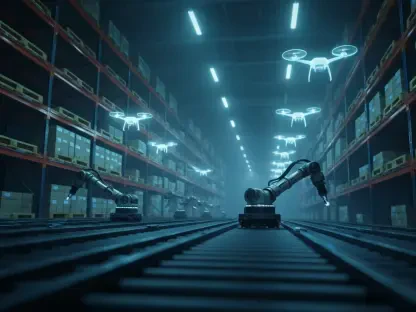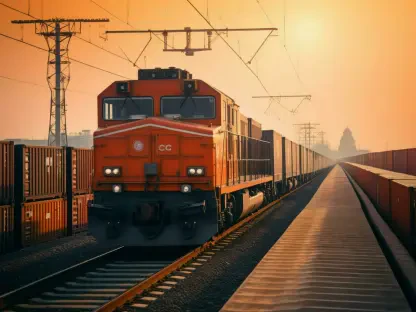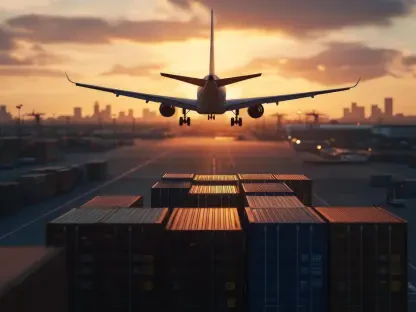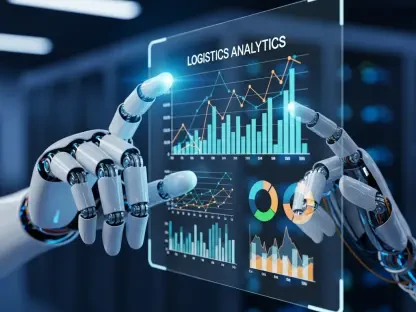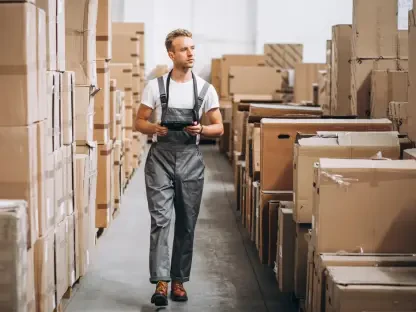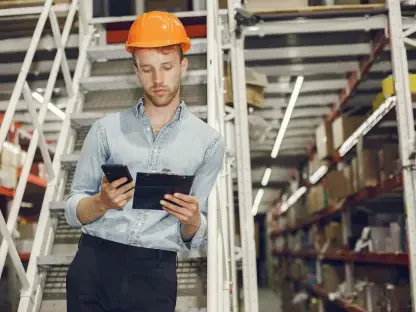I’m thrilled to sit down with Rohit Laila, a seasoned expert in the logistics industry with decades of experience in supply chain and delivery. Rohit has a deep passion for technology and innovation, making him the perfect person to discuss the latest advancements in sustainable labeling solutions for reusable packaging. Today, we’ll explore how these innovations are transforming industries like food service, retail, and logistics by tackling challenges around sustainability, efficiency, and cost savings. We’ll also dive into the unique features that make these solutions stand out, from durability to traceability, and how they’re shaping the future of reusable systems.
What inspired the development of reusable labeling solutions like the ToGo system, and what specific industry challenges were you aiming to solve?
The inspiration behind solutions like the ToGo system comes from a growing need for sustainability across industries. We saw that sectors like food service, retail, and logistics were struggling with the environmental impact of disposable packaging and the inefficiencies of traditional labeling. The goal was to create a system that not only reduces waste but also streamlines operations. Sustainability was a core driver from the start—designing labels that could withstand repeated use while maintaining high standards of safety and reliability was key to addressing these challenges.
How do these reusable labels differentiate themselves from other options available in the market?
What sets these labels apart is their integration of RFID technology and their robust design. RFID enables automatic data capture, whether for individual items or bulk processing, which significantly boosts efficiency for businesses. On top of that, the labels are built to endure extreme conditions—think temperature swings or harsh cleaning processes—without losing functionality. This combination of cutting-edge tech and durability really makes them a game-changer compared to standard labeling options.
Can you elaborate on the durability of these labels, especially the claim of withstanding up to 500 wash cycles?
Absolutely. The ability to endure 500 wash cycles is a result of rigorous testing under real-world conditions. We exposed the labels to high-pressure washing, extreme temperatures, and chemical exposure to simulate the toughest environments. This durability is particularly valuable in industries like food service and logistics, where reusable containers are cleaned frequently and need to maintain label integrity for tracking and safety. It ensures businesses can rely on the labels for the long haul without constant replacements.
Hygiene is a major focus for these labels. Can you explain how their design contributes to cleanliness?
Hygiene is critical, especially in industries handling food or sensitive goods. The inmould design of these labels eliminates corners and edges where dirt or bacteria could accumulate. This seamless integration into the container surface makes cleaning easier and more effective. Additionally, the labels meet stringent standards like ISEGA certification, ensuring they’re safe for food contact and uphold the highest hygiene requirements.
What are the key sustainability benefits of pairing reusable labels with reusable containers?
The sustainability impact is huge. By using reusable containers with these labels, businesses can drastically cut down on disposable packaging waste, which is a major environmental concern. The labels themselves are made from 100% recyclable, pure materials that are compatible with recycling streams, minimizing their footprint at the end of their lifecycle. It’s a win-win—reducing waste while supporting a circular economy in industries that rely heavily on packaging.
Cost savings are often highlighted as a benefit of reusable systems. Can you dive into how this works for businesses?
Reusable containers and labels offer significant long-term cost savings. Unlike disposable packaging, which requires constant repurchasing, a reusable system is a one-time investment that pays off over years of use. The durability of the labels means fewer replacements, and the efficiency gains from features like RFID reduce labor and error costs. We’ve seen the most notable savings in logistics and food service, where high turnover of packaging can rack up expenses quickly.
Traceability is another standout feature. Can you walk us through how these labels support tracking and monitoring?
Traceability is a cornerstone of this system. Each label can be individually coded, allowing for precise tracking of containers throughout their lifecycle. This is especially useful for initiatives like Deposit Return Schemes, where you need to monitor items from distribution to return. The RFID technology embedded in the labels enables seamless data capture, so businesses can track inventory in real-time. Clients have shared that this level of visibility has transformed their supply chain transparency and accountability.
Can you describe the full-service support offered with these labeling solutions and how it benefits businesses?
The full-service support is designed to make adoption as smooth as possible. This includes everything from number management—ensuring unique identifiers for each label—to individual programming tailored to a business’s needs. For example, we might customize coding for a logistics company to align with their tracking software. This hands-on assistance helps businesses integrate the system without hiccups, saving them time and resources while ensuring the labels work seamlessly within their operations.
What is your forecast for the future of sustainable labeling in reusable packaging systems?
I’m incredibly optimistic about the future of sustainable labeling. As industries face increasing pressure to reduce their environmental impact, I believe we’ll see even wider adoption of reusable systems integrated with advanced technologies like RFID. Innovations will likely focus on enhancing durability further and incorporating smart features, such as real-time data analytics for even better supply chain insights. The push for circular economies will drive demand, and I expect sustainable labeling to become the norm rather than the exception in the coming years.
